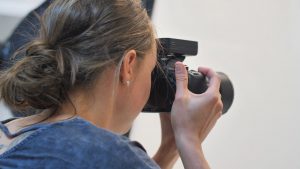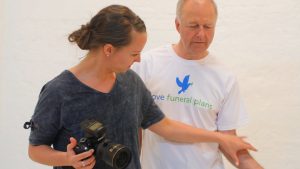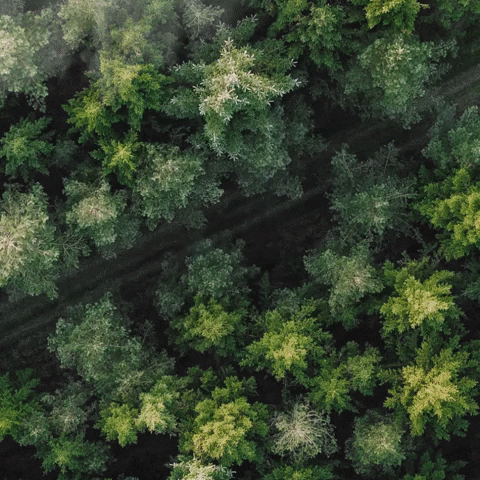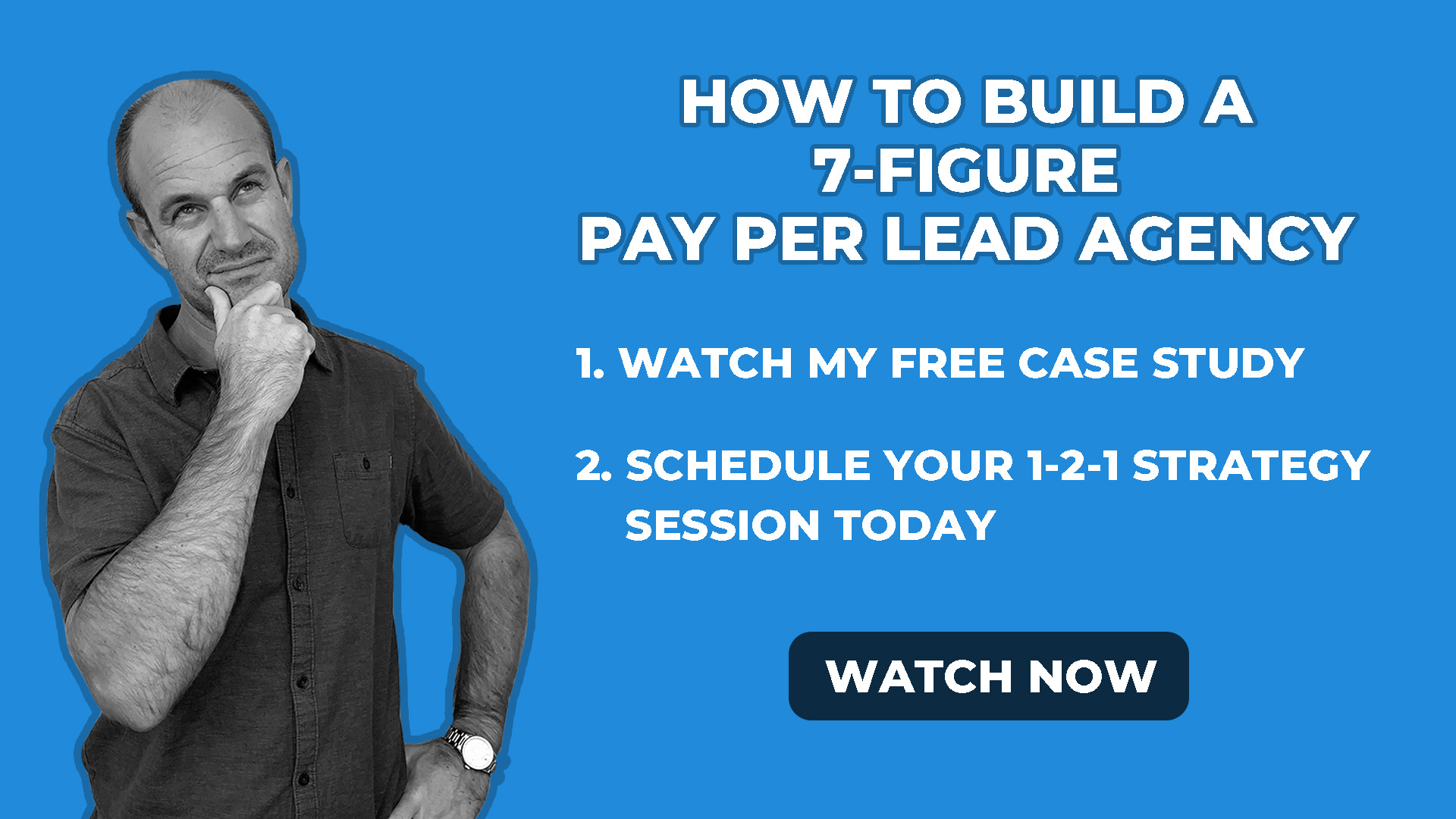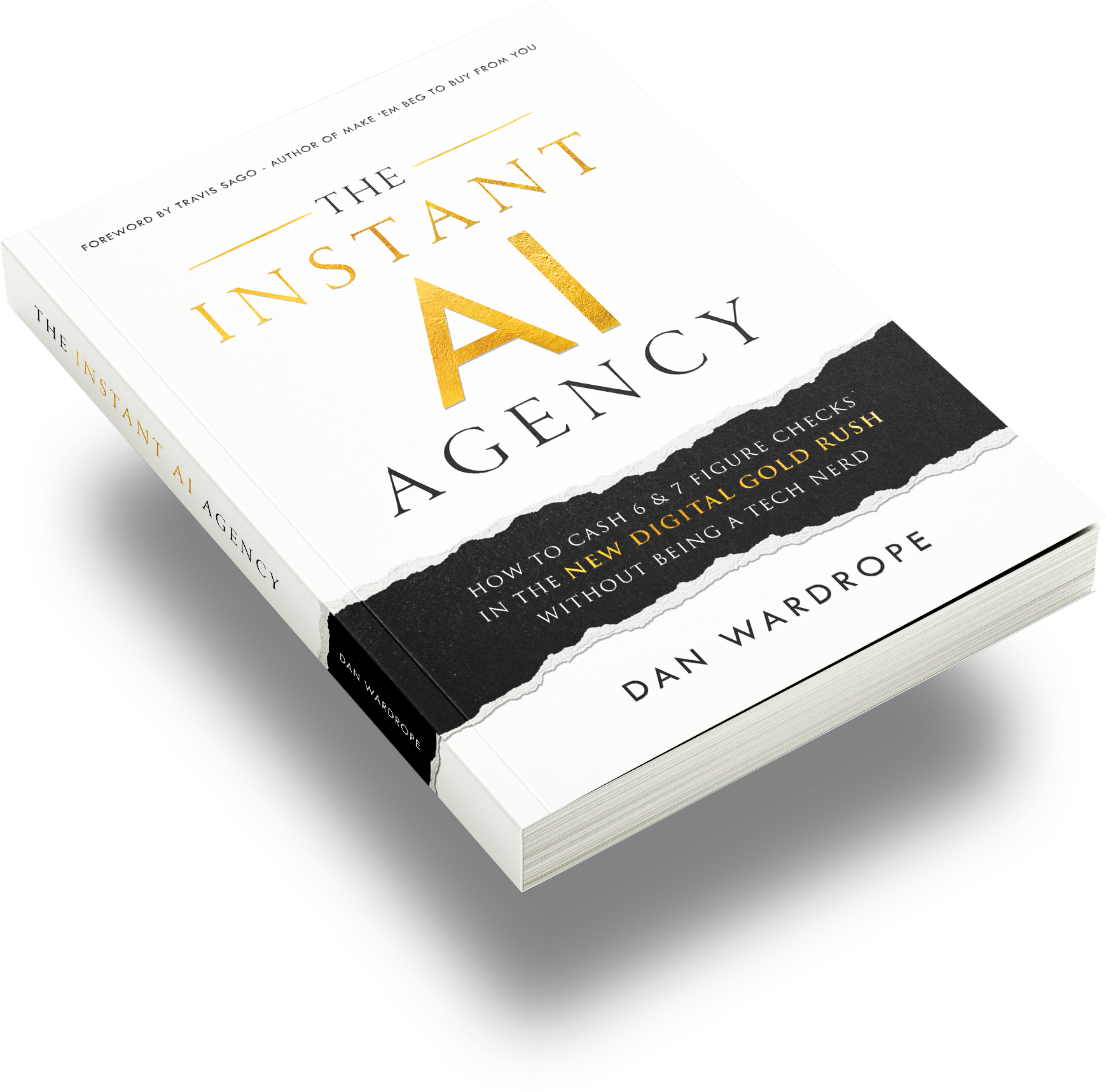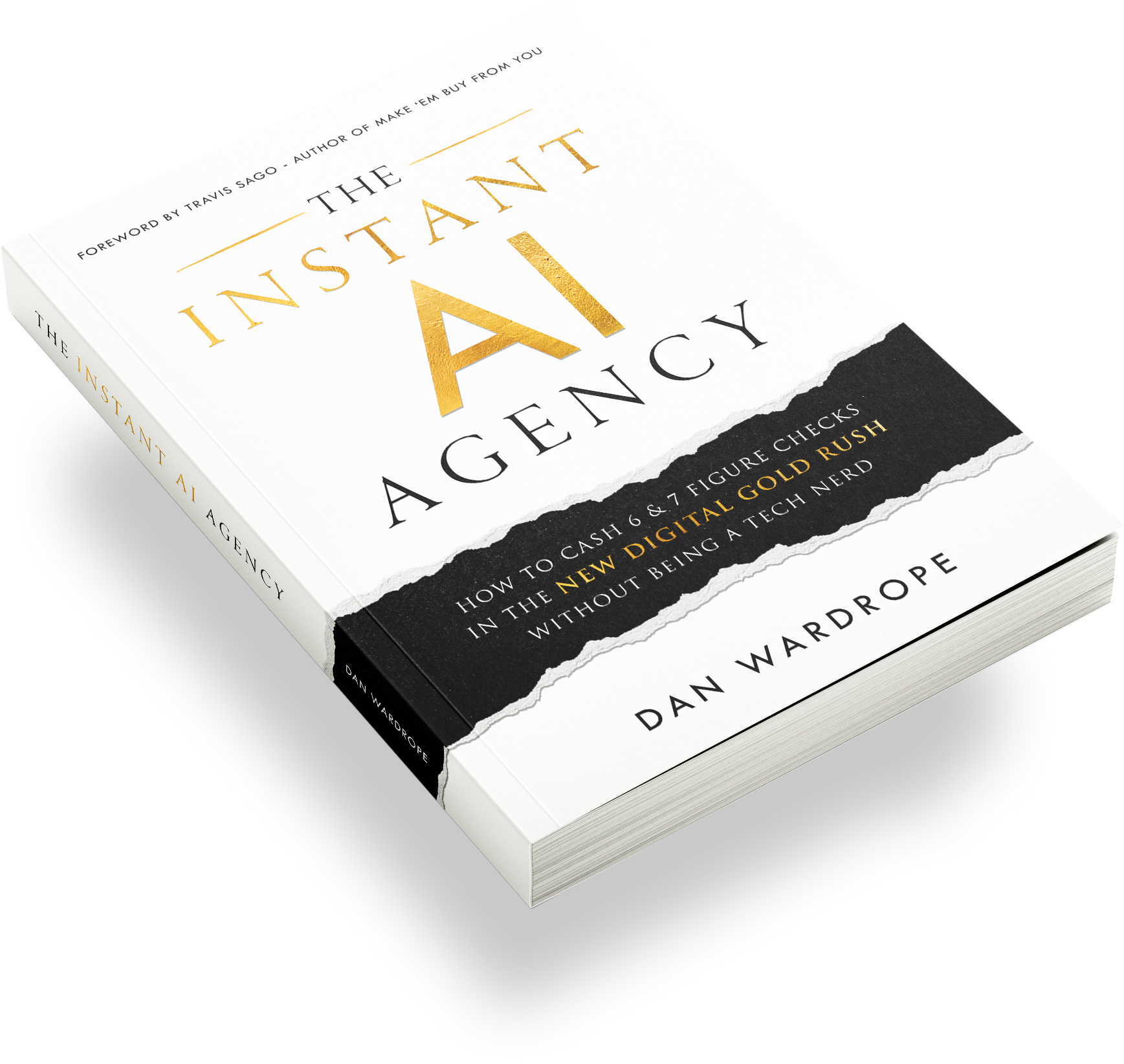A couple of weeks ago, videographers Rob and Ariana performed a photo shoot for FlexxDigital and documented the process.
It occurred to them the experience would make a pretty interesting blog.
Ariana’s Photo Shoot Experience
The photoshoot was a great experience. I learned how to put together a casting call, shortlist candidates, book a studio, order props and equipment and how to create a call sheet. When it came to the shoot itself, I was really excited that Rob let me take control. I was put behind the camera and got to take the shots and direct the actors. This was my first photo shoot, and I really enjoyed the experience. I can’t wait to do it again!
I never realised how much planning and preparation goes into a shoot. Trust me, I now have a deep appreciation for the whole process.
What Was FlexxDigital’s Photo Shoot For?
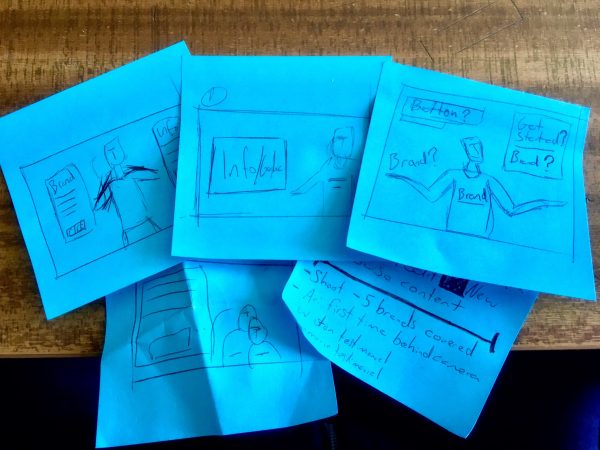
We use our photo shoot content in our ads, our landing pages, and our thank you pages.
Ariana and I took a variety of stills with a range of actors that match our target audience and brand identity.
Producing our own content means we can create images with graphic placements and page layout in mind. One of the benefits of a photo shoot is that we automatically own the rights to our content. Another is that processing the images is much, much more straightforward when putting our ads and pages together.
Stock imagery and Creative Commons content can be quite expensive, and audiences can find it annoying!
If you’re considering taking your own photos and using actors, make sure you produce some talent release forms!
A release form is a simple legal agreement that grants you permission to distribute and sell your content. The level of detail in these agreements can vary; it depends on how acclaimed the actor is, and whether they have an agent.
I promise you, though, it’s not difficult to find willing participants for a reasonable fee. You can check your local actor’s groups on Facebook for more info.
How We Shoot and Process Our Images
We used a simple set up for our shoot and hired a small studio in Brighton.
Our Kit List:
1x Nikon D3200
2x 500w Bowens
1x Overhead light
1x Flash trigger
Once we’d taken a few test stills, we decided to shoot and review images as we went along. This saved a lot of time and a massive headache during post.
After the shoot, we selected the best stills and processed them in CameraRaw. This can be a lengthy process, as we needed to adjust colour, sharpness and exposure in each photo.
Once we’d done the retouching, we passed them along to Alan, our Graphic and Web Design manager. Prepare to see these images in our ads very soon!
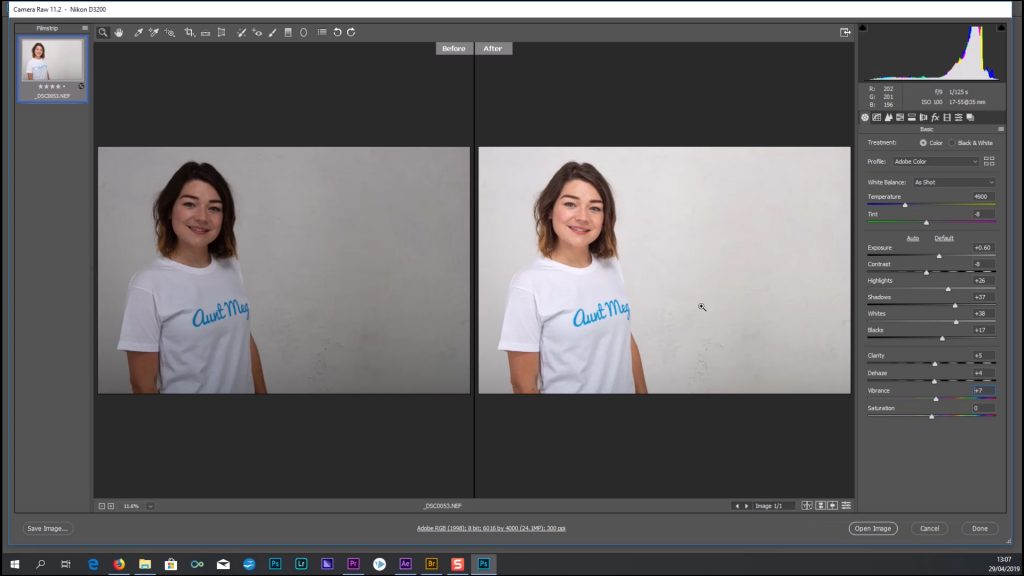
What Is a Raw File and Should I Use It Instead of a JPEG?
It’s called a RAW file because it’s uncompressed. If you’re not using RAW files, you should switch over immediately. The large size of a RAW file will work in your favour when it comes to retouching, editing and printing your images.
On the other hand, shooting in JPEG format means the image is compressed, and a lot of the colour information is binned.
RAW is a standard shooting mode. You’ll find it on Digital Single-Lens Reflex cameras (DSLR), mirrorless cameras, and some point-and-click cameras also have this option. Whatever camera you’re using, don’t forget to check the manual or settings before you shoot.
Pros of Raw Files
1. You’ll get the highest quality images from the camera. Even older DSLR cameras can produce great results in RAW mode.
2. There’s significant wiggle-room to adjust over/under-exposed images and colour
3. You can’t ruin the image during the retouching process. No matter what adjustments you make to a RAW file, you can always reset the image and start from scratch.
Cons of Using Raw Files
1. Processing. To get the most out of your images, you’ll need to process the RAW files and get used to making exposure, clarity and colour adjustments.
2. The file size will be much larger. For instance, my old Nikon D800 could produce RAW files as large as 50mb+.
3. You’ll need bigger and faster memory cards if you want the camera to keep up. If you plan on using RAW files regularly, you should invest in a quality memory card, such as a Lexar at 150MB/s+.
Do I Have To Use Photoshop?
No, not necessarily.
While the Adobe CC Suite is the industry standard, it comes at a hefty price (up to £73.93 a month). If you’re on a budget but want to get started ASAP, there are some amazing free alternatives, like GIMP.
TechRadar recently ran an article called “The Best Free Photo Editor 2019: Totally Free Alternatives To Photoshop”. I definitely recommend a read!


